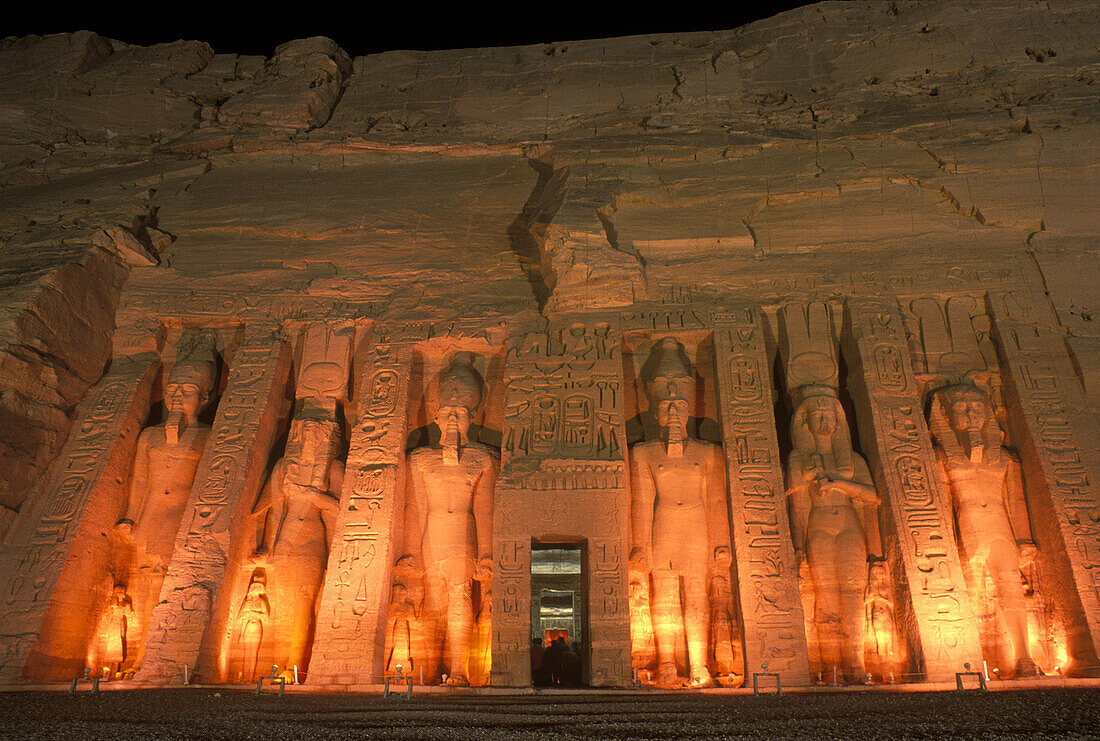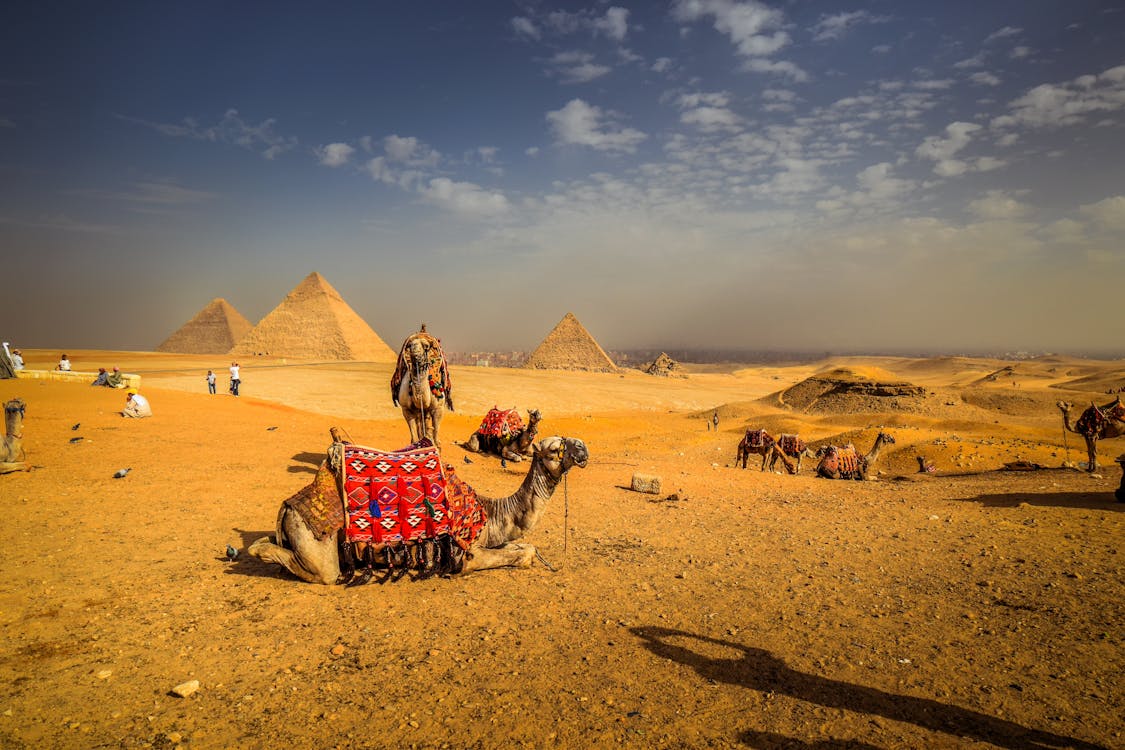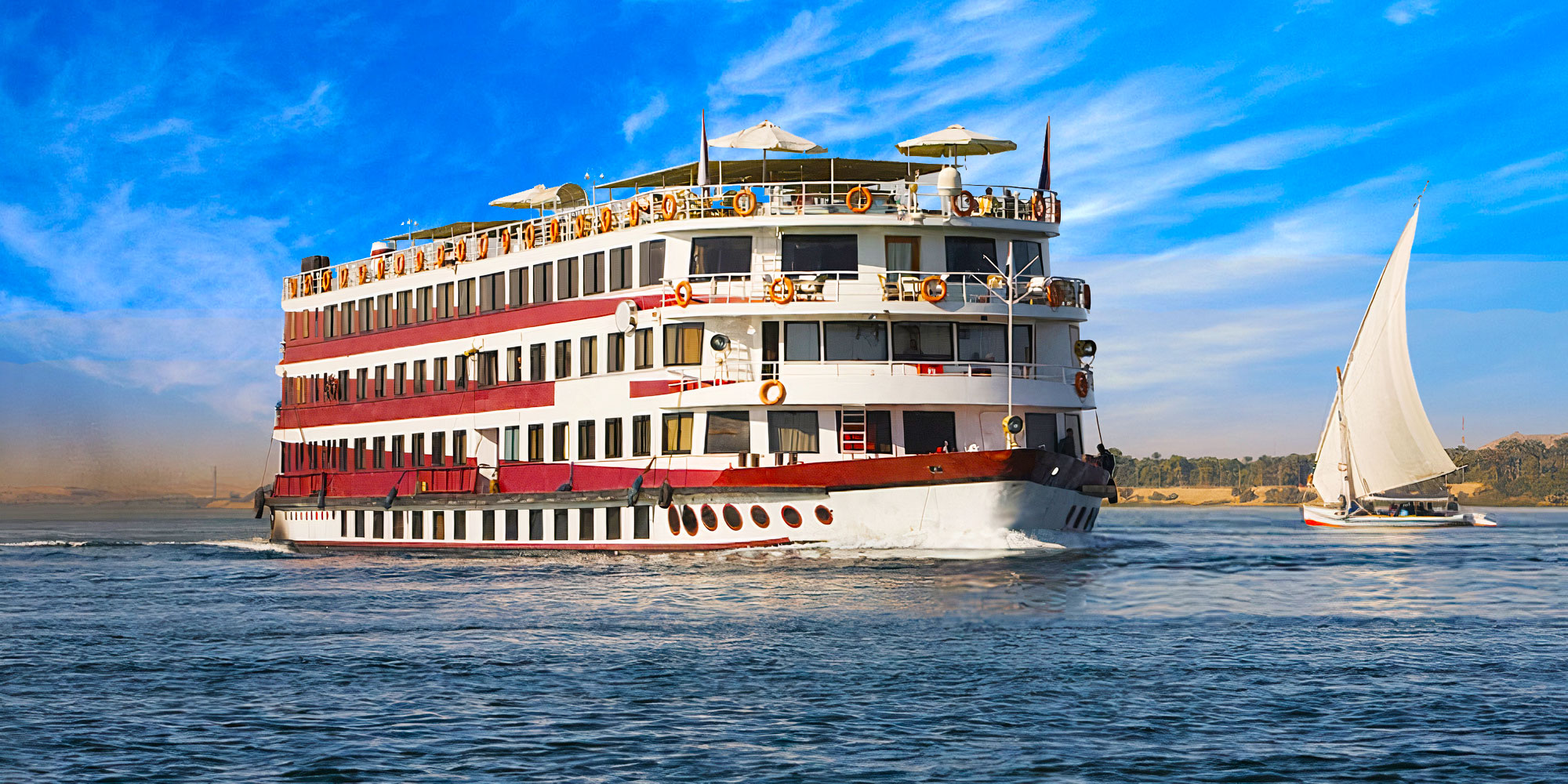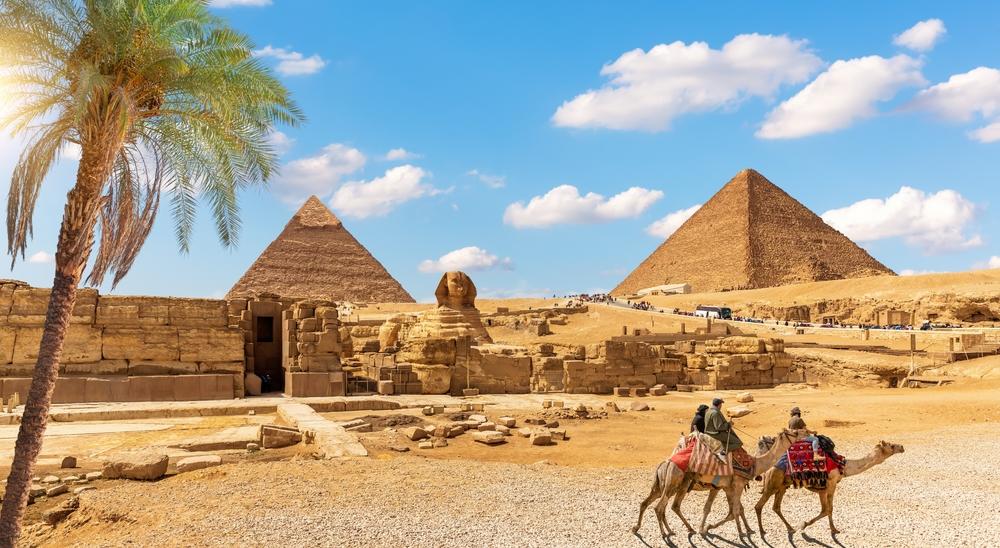Abu Simple Temple

Abu Simple Temple
Few places can rank alongside the city of Abu Simbel in a tour of Egypt, Situated along the southern bank of Lake Nasser, this monumental destination houses great temples and a highly rich history, one of the most praised and appreciated Egyptian landmarks in terms of civilization, Abu Simbel Temples Built by the 19th-Dynasty Pharaoh Ramesses II around 1250 BC, the temples of Abu Simbel belong to the most amazing Aswan attractions, the site consists of two temples cut into the rock, both colossal, with statues dedicated to the gods Amun, and Ptah and also to the divine kingship of Ramesses II and Nefertari, the Great Temple, with its four colossal statues of Ramesses II, and the smaller Temple of Hathor, with its exquisite statues of Ramesses and Nefertari, bear testimony to a glimpse of the artistry and architectural ingenuity of ancient Egypt, it is for this reason that places like this one are included with Rotana Egypt Travel provides many tours that have been put together with expertise, offering travelers the chance to relish the majesty of Ancient Egypt, explore the valuable legacy of ancient Egyptian culture, and witness firsthand what Egypt is famous for. The relocation of Abu Simbel, though an engineering marvel of the modern world, was done to save the place from rising waters, and it stands testimony to efforts made by the world over to preserve Egypt's invaluable heritage.
Any person who wants to view the deep history of Egypt and experience the most treasured sites should be sure to visit Abu Simbel, places like Abu Simbel in Aswan day tour not only add beauty to the passage through Egypt but also upon somebody a lifetime memory of ancient wonders and modern-day miracles.
Where is Abo Simbel temple located?
The Abu Simbel Temple lies in southern Egypt, almost close to Lake Nasser's west bank and it is close to the Sudan border, it is located approximately 230 kilometers to the southwest of Aswan, The temples have been carved in a cliff that was erected from sandstones, which is very dramatic against the backdrop of the desert landscape, it was an impressive site and this is one of the Nubian heritage constructions, previously having been on the shores of the River Nile before its transfer to its current position, It was transferred for reasons of salvation from the waters of Lake Nasser when the construction of the Aswan High Dam had been completed, Abu Simbel being located where it is, with an added charm, gives a tourist the flickering experience of reliving the grandeur of ancient Egypt set against a near drama-like backdrop.
Abu Simbel Temple: The Wonder of Ancient Egypt
The Abu Simbel Temple is one of the most marvelous ancient Egyptian wonders, manifesting the sumptuousness and the architecture skill related under the rule of Pharaoh Ramesses II, laid near the southern boundary of Egypt in the vicinity of Lake Nasser, the whole temple rests on two great structures: the Great Temple and the Small Temple Of the four statues of Ramesses II lining the Great temple, standing at 20 meters, the Small Temple is dedicated to the goddess Hathor, it includes the statues of Ramesses II and his queen, Nefertari, such temples are engraved straight into the mountain. They are testimony to the ingenuity of ancient Egyptian art and engineering, they were moved in the 1960s to spare them from the encroaching waters of Lake Nasser attests to just how important the world deemed it to save Egypt's grand past, taking a trip to Abu Simbel will guarantee another experience on Egypt's most renowned and historic sites.
The History and Relocation of Abu Simbel Temple
Abu Simbel Temple dates back to the 13th century BCE, carved in the cliff by Pharaoh Ramesses II in southern Egypt near Lake Nasser, this temple has gigantic carvings of Ramesses II and his queen, Nefertari. These statues are said to symbolize the great power and magnitude of Ramesses II, in the 1960s, it was lifting the water level of Lake Nasser through the construction of the Aswan High Dam, which seriously endangered the flooding of the temple, the carefully cut by the international core of engineers under whose orders it was to be divided into big blocks for relocation to higher ground saved it for future generations to marvel.
Why Abu Simbel Temple is a Must-See on Your Egypt Tour?
The Abu Simbel Temple is included in the 'must-see' places of any Egypt tour, it reveals the grandeur of ancient Egyptian architecture due to big rock-cut structures, huge statues of Pharaoh Ramesses II, and an impressively looking Great Temple with its four colossal statues along with a Small Temple, beautifully decorated-a true marvel of engineering and artistry, its history is interesting to trace back, construction in the 13th century BCE reflected the power and civilization of Ramesses II. The effort taken to relocate the temple in the 1960s in order not to flood it showed its global cultural importance, a visit to Abu Simbel opens a window to the wealthy heritage of Ancient Egypt to every guest and gives an unforgettable experience to its monumental legacy.
What You Need to Know about abu simbel in aswan?
Abu Simbel, which had the two great temples built in the 13th century BCE, is situated near Lake Nasser in Aswan, Egypt. The Great Temple has four colossal statues of Ramesses II standing on a cliff face, and the other, smaller temple is dedicated to the goddess Hathor and includes statues of Ramesses and his queen, Nefertari, these magnificent buildings originally stood on the shores of the Nile and were relocated to higher ground in the 1960s to prevent their submersion into Lake Nasser, behind the Aswan High Dam, this grandiose removal underlined the international commitment to the preservation of the heritage of ancient civilizations. A trip to Abu Simbel will allow becoming closely acquainted with Egypt's architectural wonder and historical significance.
Abu Simbel Sun Festival
The Abu Simbel Sun Festival is a miracle that happens twice a year on the 22nd of February and the 22nd of October, these dates are significant events because they fall on the anniversaries of the coronation and birthday of Pharaoh Ramesses II. During the festival, sunlight perfectly coincides with the inner sanctum of the temple, illuminating the statues of Ramesses II, Amun, Ra-Horakhty, and Ptah, it happens because of the structural alignment of the Great Temple, which was more than 3,000 years ago, the morning sun sends rays into the entrance of the temple and travels right down the length of the hall to illuminate the inner chamber, this exceptional alignment reflects the scientific ability and expertise of the ancient Egyptian architects, people from all over the world come to attend this festival, only to perceive the magic of such a grand display of ancient engineering skill and religious devotion.
How to Visit Abu Simbel Temple?
Visiting Abu Simbel Temple is one of those experiences to always remember, and with just a few tips for travelers, one can make the most of this trip. First, plan well in advance your visit to Abu Simbel because guided tours are usually necessary, Abu Simbel is around 230 km away from Aswan, therefore most travelers visit it on a guided tour with the transportation that operates between Aswan, these guided tours are very convenient in terms of picking up and dropping off services, which make the whole journey hassle-free, try and go early in the day to avoid the throngs of other visitors and see the site in a slightly more relaxed manner, be prepared for security checks, as Abu Simbel is among those highly protected places of an archaeological nature, bring enough water, sunscreen, and wear comfortable walking shoes, since the exploration of the temples includes walking, which can get very hot under the sun, timing your visit with the Abu Simbel Sun Festival-twice yearly-finds the inside of its inner sanctum lit by sunlight for the optimum experience. Go through the given travel tips to have a great time and enjoy one of Egypt's most visited attractions.
By the time you reach the end of your tour at Abu Simbel, one can easily see why it remains one of Egypt's greatest treasures, its great temples, skillfully carved into the sandstone cliffs by Pharaoh Ramesses II, stand as architectural and artistic wonders equaled nowhere else in the world, be awed by the imposing statues of Ramesses II himself or carvings depicting Hathor and the other gods, it is both an instructional and rewarding experience, it is recommended for the best times and tips of travelers for visitors traveling to make the experience less stressful and successful, going to Abu Simbel from Aswan, the travel itself was an adventure, but upon arrival, the view of the temples opens the eyes to what ancient civilization engineers and their religious belief are capable of producing.
A journey to Abu Simbel will include your Egypt tour a peek into what Egypt is famous for, a place of historical importance, and acclaimed beauty acting as evidence of the eternal existence of the civilization of ancient Egypt. At the end of your visit, take a glimpse around you, thinking about the great travel through time and the unmatched history that you have lived.
Egypt Tours FAQ
Of course, travelers must obtain a visa, which can be obtained upon arrival or online for some nationalities.
Egypt is generally safe for tourists and residents, and you should consult travel specialists to find out the best places to visit in Egypt.
The Egyptian pound (EGP) is the official currency in Egypt.
The language is Arabic, but in tourist areas English is widely spoken.
Egypt offers a range of tours, including historical, cultural, and adventure trips that cater to all interests
Yes, many Egypt trips are family-friendly, offering educational experiences and activities suitable for all ages.
Private Egypt tours can be easily booked through us, offering customized itineraries based on your preferences.
Guided tours in Egypt include a professional guide, who provides insight and comfort, while self-guided tours allow more flexibility but you won't get the information a tour guide gives you.
comfortable clothing suitable for the climate, sunscreen, and essentials for exploring historical sites








.avif)
